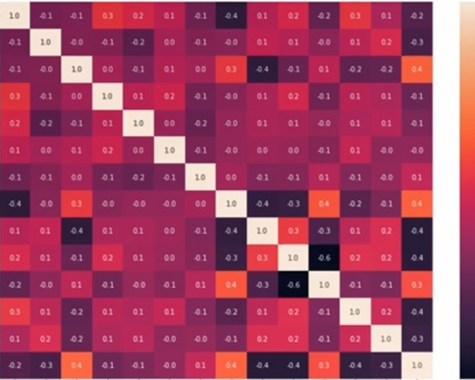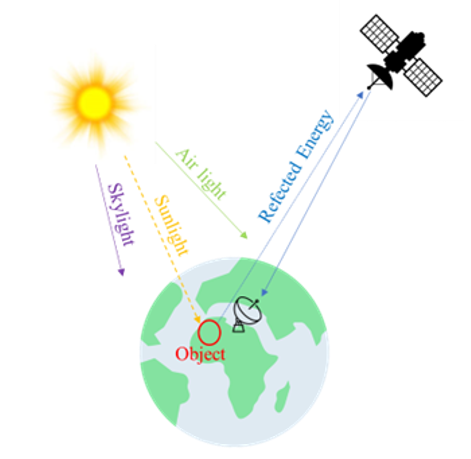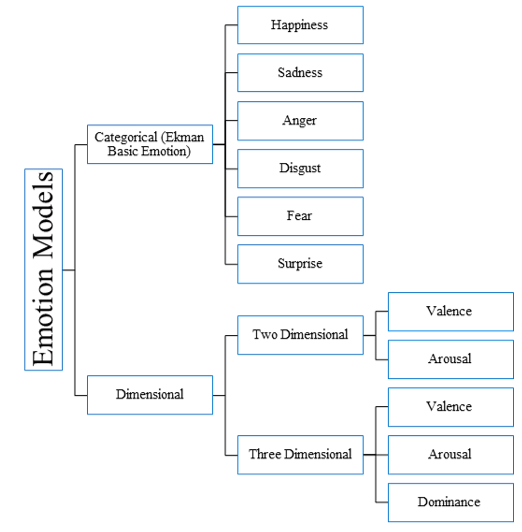Vol. 2 No. 1 (2023)

This issue of Intelligent Methods in Engineering Sciences (Vol. 2, No. 1, 2023) covers a wide range of AI-driven solutions, including heart disease prediction, satellite image processing, solar energy optimization, and traffic diagnostics. The issue also includes a systematic review on real-time emotion recognition using deep learning methods.
Published:
2023-03-15







